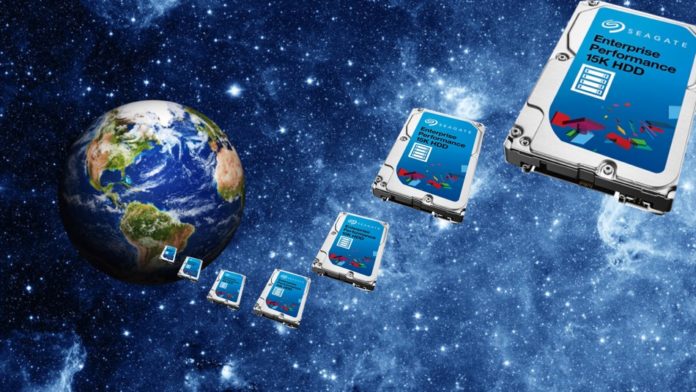Taipei-based QNAP has a machine learning-based SATA disk and SSD drive failure predictor for its NAS systems that means you can replace the drives before they fail.
It has a partnership ULINK Technology — a supplier of IT storage interface test tools — which enabled QNAP to launch the DA Drive Analyzer. This a cloud-based tool with a user portal providing access to statistics generated from historical usage data of millions of drives provided by users. It is able to find drive failure events that wouldn’t be flagged by traditional diagnostics tools that rely on SMART.
Joseph Chen, CEO of ULINK Technology, issued a statement: “Artificial Intelligence is a new technology that has tackled many real-life problems. By applying this technology to disk failure prediction, ULINK can actively and continuously monitor drives, detect problems, predict failures, and notify end users with our unique cloud-based data processing system.”
QNAP product manager Tim Lin said: “QNAP is acutely aware that potential server down time is a critical concern for QNAP NAS users and sudden drive failure is one of its primary causes. We are honoured to have the chance to partner with ULINK to develop the DA Drive Analyzer to help users, especially IT staff who must manage large numbers of NAS devices.“
QNAP says its NAS system tracks raw drive health data, record system events such as temperature and IOPS test results, and uploads this data to the cloud AI engine daily. After collecting at least 14 days of usage data within the last 20 days, the AI will have sufficient data to analyse drive failure possibility in a newly-installed or monitored NAS system.
It will then provide recommendations based on an AI trained with over a million drives’ analysis data.
The DA Drive Analyzer’s UI is much better than general interfaces to drive SMART (Self-Monitoring, Analysis and Reporting Technology) data, as a screenshot shows:

.
Drives are given four ratings: normal, warning, faulty and critical. ULINK warns that the drive health information displayed by DA Drive Analyzer may be be one or two days old due to the time it takes to process and transfer data.
All QNAP NAS with QTS 5.0/QuTS hero h5.0 (or later) are supported and all QNAP expansion units (except the TR series) are also supported. Only SATA drives, both disk and solid state, are supported — but some drives may not be supported due to firmware or manufacturer settings. Full ULINK lists are available for disks and SSDs. To be clear, SAS and NVMe drives are not currently supported.
A Windows application, the DA Desktop Suite, enables admin staff to monitor several devices for multiple users, which can be a time saver.
The DA Drive Analyzer can be downloaded from the QNAP App Center. A free trial of DA Drive Analyzer is available (until March 5, 2022) for those who sign up for an annual subscription.
Comment
This is one of those developments that gets you thinking: “Of course! Why hasn’t it been done already?” Such a tool should be added to all drive array manufacturers’ support systems. In fact, they could go further and have hot spares already installed in the arrays with software to migrate data before the failing drive fails.

Recovery after drive failure is generally supported. NetApp supports hot spares, for example, in its E-Series arrays, and these receive reconstructed data from failed drives, not about-to-fail drives. Infinidat has an Infinispares feature to enable its arrays to keep running in a situation where dozens of disks have failed across a long period of time.
QNAP’s ULINK-based advance is to enable recovery before drive failure. Surely all drive array manufacturers can follow its lead. We might also expect disk drive and SSD manufacturers to co-operate with storage array suppliers in developing AI-based predictive drive failure and recovery systems.








